Introduction to Banana Bread and Its Caloric Content
Banana bread, a beloved comfort food, is often considered a healthier option when compared to more indulgent desserts like cakes or pastries. However, its caloric content may surprise many, especially when served in generous portions. This classic treat typically combines staple ingredients like flour, bananas, sugar, and butter, each of which adds its own share of calories to the final product. While bananas provide a natural sweetness and essential nutrients, they, along with other ingredients, contribute to the overall calorie count. For those who enjoy banana bread regularly, understanding its caloric makeup can help strike a balance between indulgence and mindful eating.
In this article, we’ll take a closer look at the caloric content of banana bread, exploring how traditional recipes stack up against healthier alternatives. By understanding the role of each ingredient and how recipe variations affect the calorie count, you can make more informed choices while still enjoying the rich flavors and comforting texture of banana bread.
Key Ingredients and Their Caloric Impact
The caloric density of banana bread is largely determined by its core ingredients, all of which bring both flavor and nutrition to the table. Here’s a closer look at how these ingredients impact the overall calorie content:
Flour:
As a staple in baked goods, flour provides structure and body to banana bread. It’s a significant source of carbohydrates, and its caloric contribution is considerable. Depending on the type of flour used—whether it’s all-purpose, whole wheat, or a gluten-free alternative—the calorie count can vary. For instance, whole wheat flour may offer more fiber but still adds a substantial number of calories per serving.
Bananas:
Bananas are often the highlight of banana bread recipes, bringing natural sweetness and moistness. They are rich in essential nutrients such as potassium, vitamin C, and dietary fiber. However, bananas are also a source of natural sugars, which contribute to the overall calorie content. The riper the bananas, the more sugar they contain, which can influence both the flavor and caloric impact of the bread.
Sugar:
Sugar is typically added in generous amounts to enhance the sweetness of banana bread. Whether you use white sugar, brown sugar, or a sugar alternative, it plays a major role in determining the calorie content. While natural sweeteners like honey or maple syrup may be used as healthier alternatives, they still add calories, though some people find these options preferable for their nutritional value.
Butter and Oils:
Fats, such as butter or vegetable oil, provide the moisture and richness that make banana bread so satisfying. However, they are also one of the biggest contributors to the calorie count. While some recipes call for coconut oil or even Greek yogurt as substitutes, these options, though healthier, still contribute significant calories and fat content.
Eggs:
Eggs not only add richness and texture but also bring protein into the mix. Each egg contributes both fat and calories, helping to bind the ingredients together and enhance the overall structure of the bread.
Nuts and Add-ins:
Optional ingredients like walnuts, pecans, or chocolate chips may add texture, flavor, and even nutritional benefits, such as healthy fats and antioxidants. However, these add-ins can dramatically increase the calorie count, especially if used generously. A small handful of nuts or a few chocolate chips can turn a modest slice of banana bread into a more calorically dense treat.
Why Banana Bread Can Be High in Calories
The rich, moist texture and the generous use of high-calorie ingredients contribute to the caloric density of banana bread.. Unlike lighter cakes that might incorporate air through the creaming of sugar and butter or the addition of leavening agents, banana bread’s density means a smaller slice carries a higher calorie count. Furthermore, variations in recipes can lead to significant differences in nutritional content. Some recipes call for extra bananas or nuts, which, while enhancing flavor and texture, also increase the overall calorie content.
For those interested in the nutritional specifics of banana bread and how it fits into a balanced diet, resources like Healthline’s Banana Bread Nutrition Guide provide a comprehensive look at its caloric makeup and offer tips for making healthier choices.
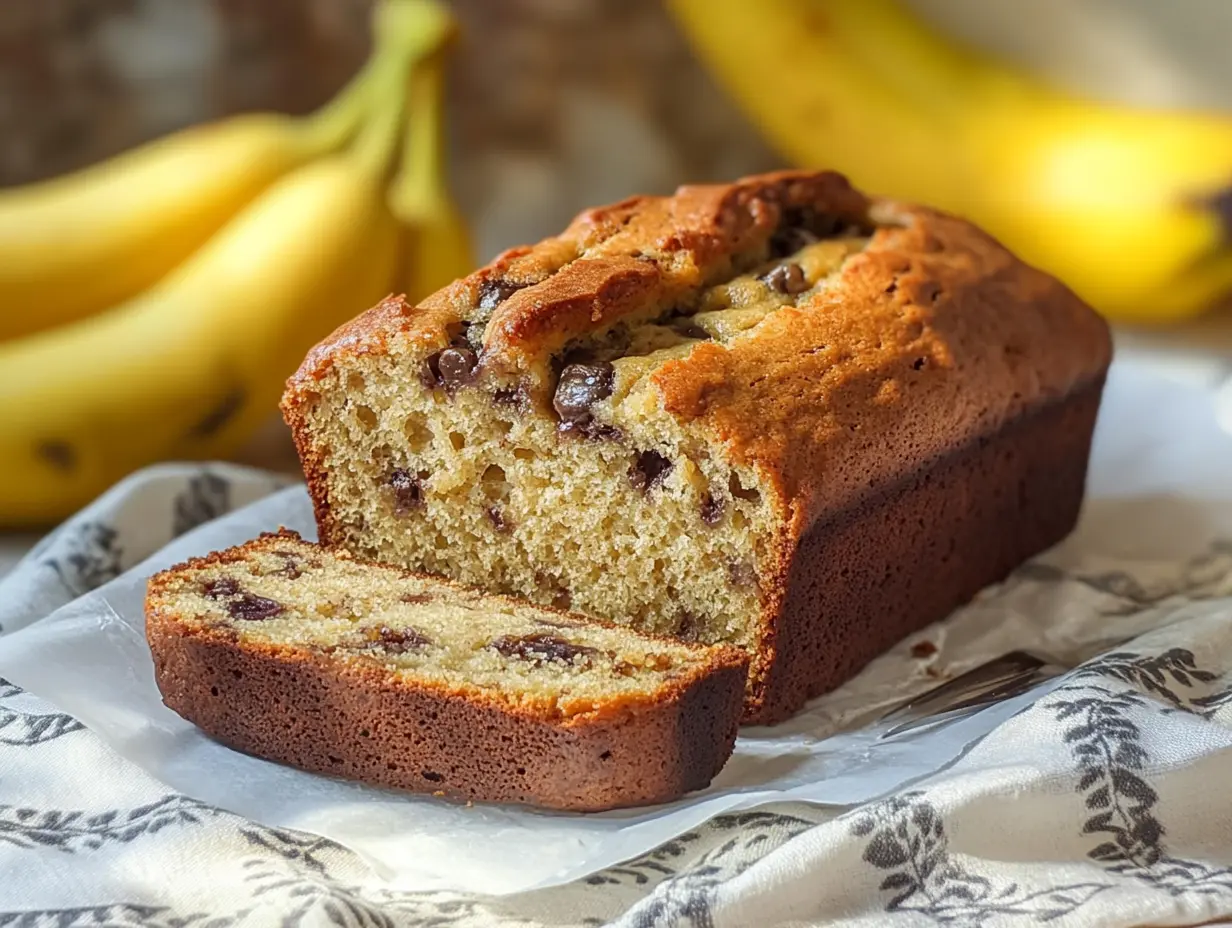
Healthier Alternatives and Modifications
Making banana bread healthier without sacrificing its delicious taste is entirely achievable with just a few thoughtful modifications. By adjusting the ingredients and making smart substitutions, you can reduce the overall calorie count while maintaining the moist, flavorful texture that banana bread lovers crave. Whether you’re looking to cut down on sugar, reduce fat content, or add more fiber to your diet, there are several ways to create a more nutritious version of banana bread that fits your lifestyle and dietary preferences.
Substituting Ingredients for Healthier Versions
One of the easiest ways to make banana bread healthier is by substituting certain ingredients for more nutritious alternatives. For instance, replacing refined white flour with whole wheat flour or another whole grain option significantly increases the fiber content of your banana bread. Whole wheat flour not only helps with digestion but also provides more vitamins and minerals, making your banana bread a more wholesome option.
Another popular modification is reducing the amount of added sugar or swapping it out entirely for natural sweeteners like honey, maple syrup, or even mashed dates. These alternatives can give your banana bread a naturally sweet flavor without the sharp spikes in blood sugar caused by refined sugar. Additionally, natural sweeteners often contain trace minerals and antioxidants, making them a slightly healthier option.
When it comes to fats, swapping butter for healthier oils like olive oil, avocado oil, or even coconut oil can have a positive impact on the nutritional profile. Unsaturated fats are beneficial for heart health and can still provide the richness that makes banana bread so satisfying. You can also experiment with using applesauce, Greek yogurt, or mashed avocados as fat replacements, which not only reduce calorie intake but also add moisture without compromising flavor.
Portion Control and Consumption Habits
While swapping ingredients can make banana bread healthier, controlling portion sizes is just as important. Even with a lighter recipe, eating large amounts can still lead to consuming too many calories. Moderation is key. Cutting smaller slices or baking banana bread in muffin tins can help you manage portions better.
It’s also important to include banana bread as part of a balanced diet. Instead of eating large slices as a regular snack, try having a smaller piece with a nutritious meal, like a smoothie or a yogurt bowl with protein. This way, you balance the calories from banana bread with other important nutrients, making it easier to stay healthy without missing out on your favorite treat.
By making simple swaps and being mindful of how much you eat, you can enjoy banana bread while keeping your health goals on track. Whether you’re cutting down on sugar, adding more fiber, or using healthier fats, these changes let you enjoy banana bread in a healthier, more balanced way.
FAQs
- Why is banana bread considered unhealthy by some? The perception of banana bread as unhealthy stems from its high calorie and sugar content, which can contribute to excessive calorie intake if not consumed in moderation.
- Can banana bread be part of a healthy diet? Absolutely. By making ingredient substitutions and practicing portion control, banana bread can fit into a balanced diet.
- How can I make my banana bread lower in calories? Opt for ingredient substitutions like those mentioned above and consider reducing the amount of sugar and fat in your recipe.
- Does the type of banana affect the caloric content of banana bread? While the type of banana might not significantly impact the calorie count, using overly ripe bananas can increase the natural sweetness, potentially allowing for less added sugar.
For more detailed insights into making banana bread that aligns with healthier eating habits, Thrive Cuisine offers an in-depth look at how to enjoy this treat in a way that’s mindful of caloric intake.
Conclusion
Banana bread’s reputation as a high-calorie treat shouldn’t deter you from enjoying it. Understanding the ingredients and exploring healthier options lets you enjoy banana bread to fit your diet and goals. Whether baking a traditional loaf or trying healthier tweaks, banana bread is a versatile, satisfying comfort food. You can adapt it to various tastes and nutritional needs.

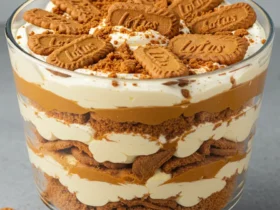
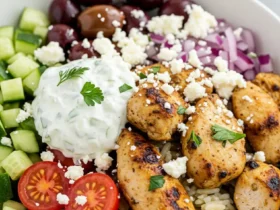
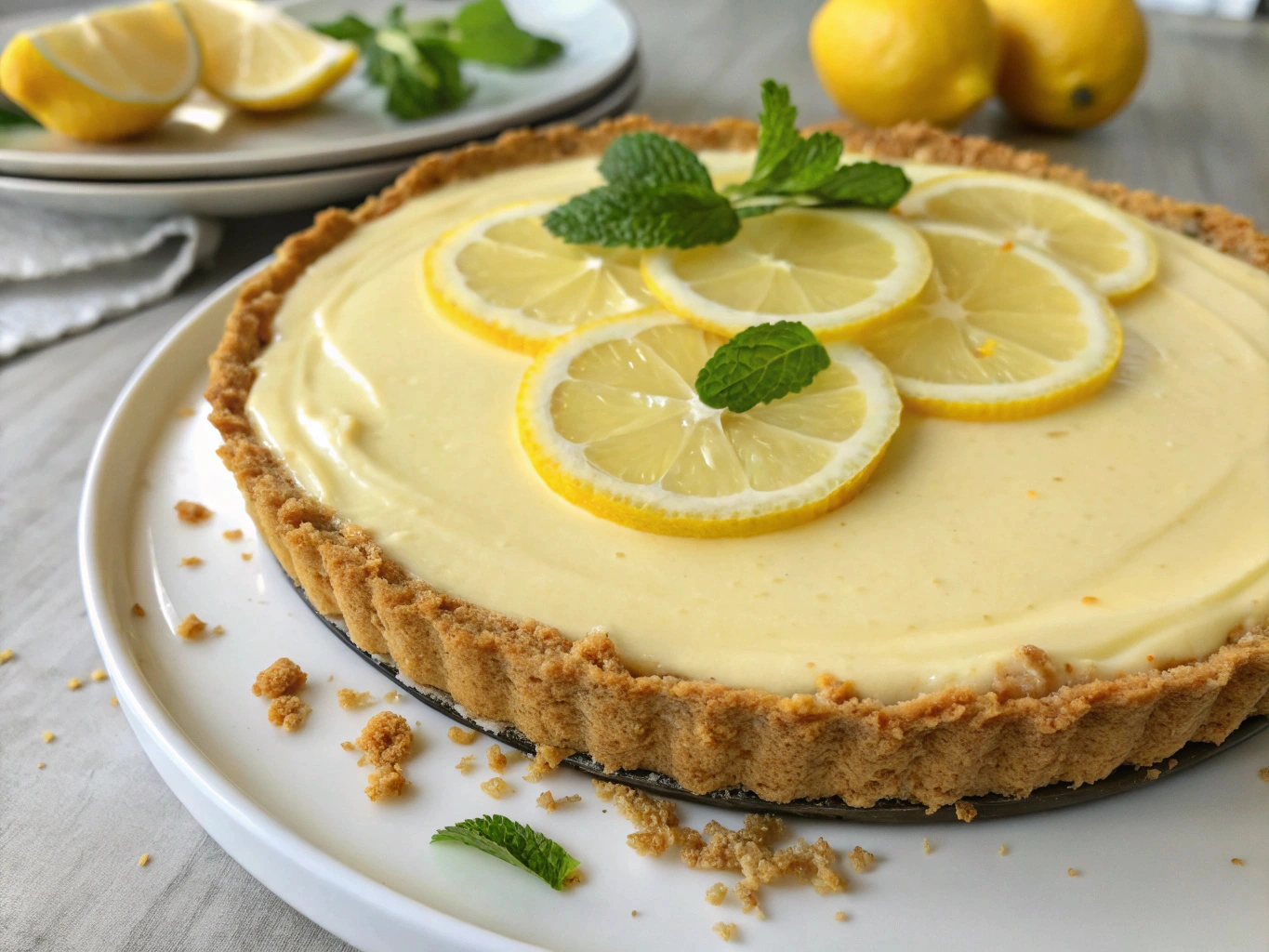
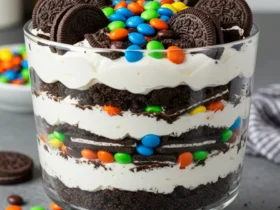
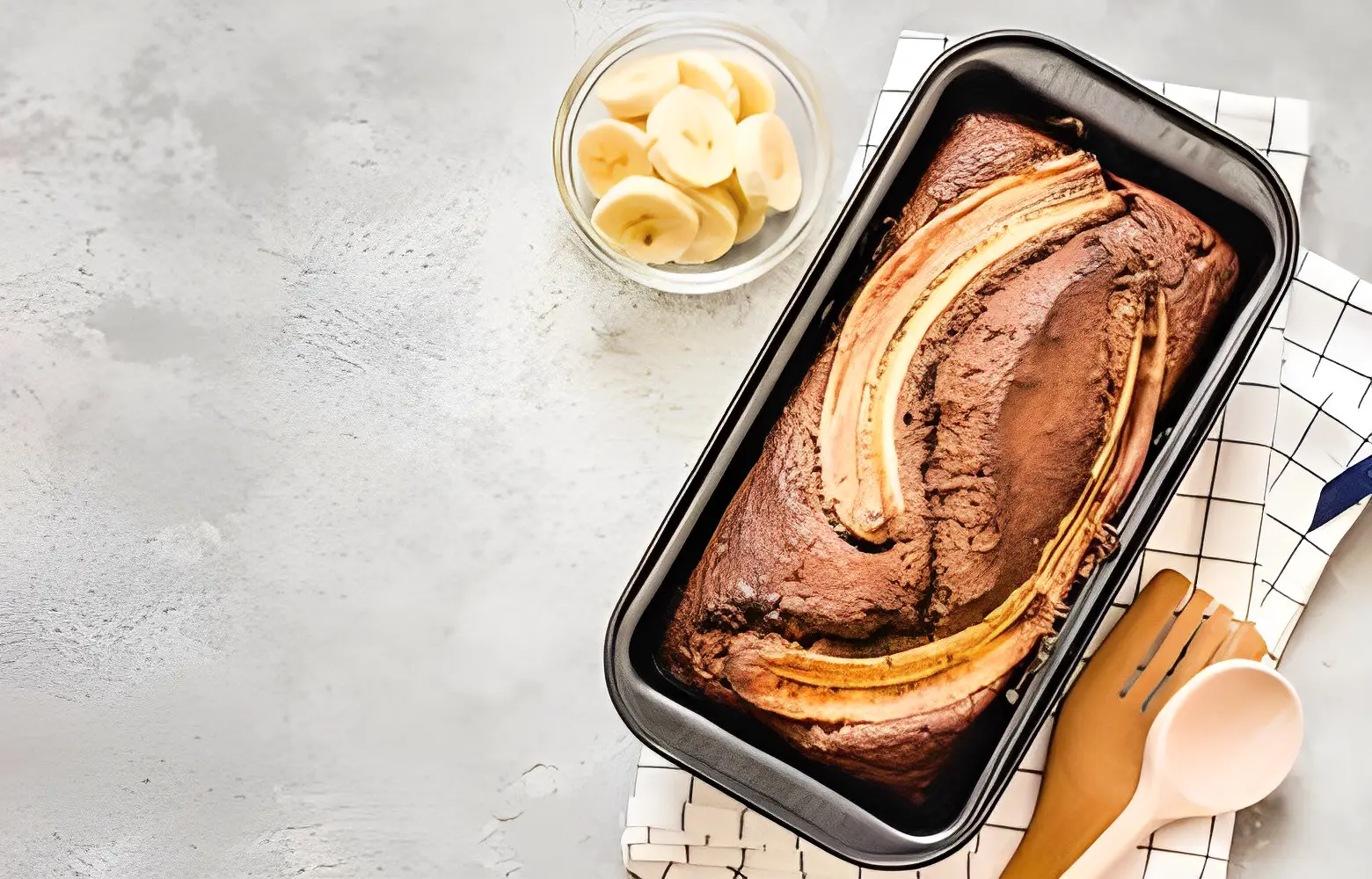

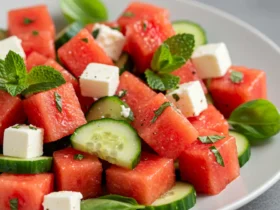
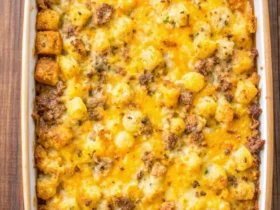
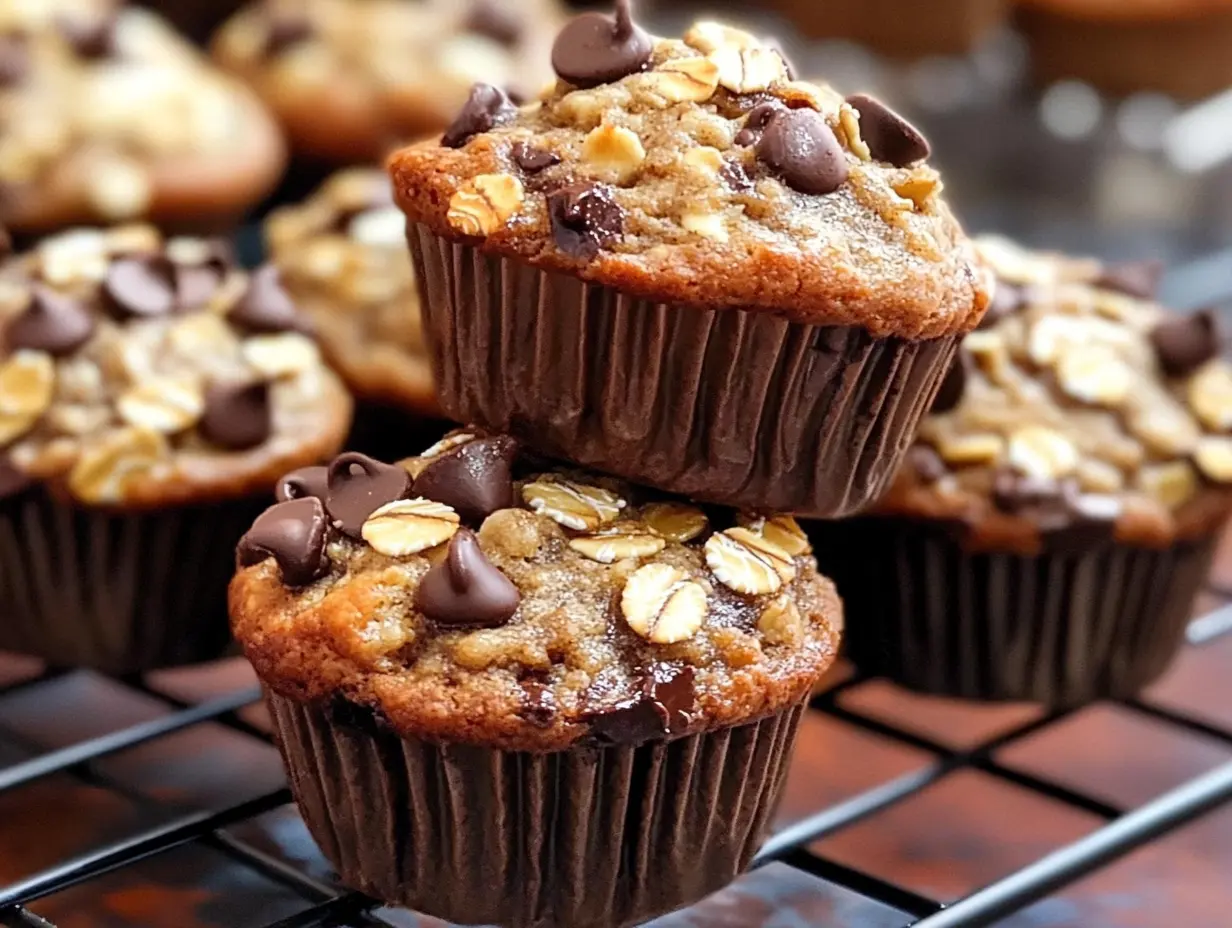
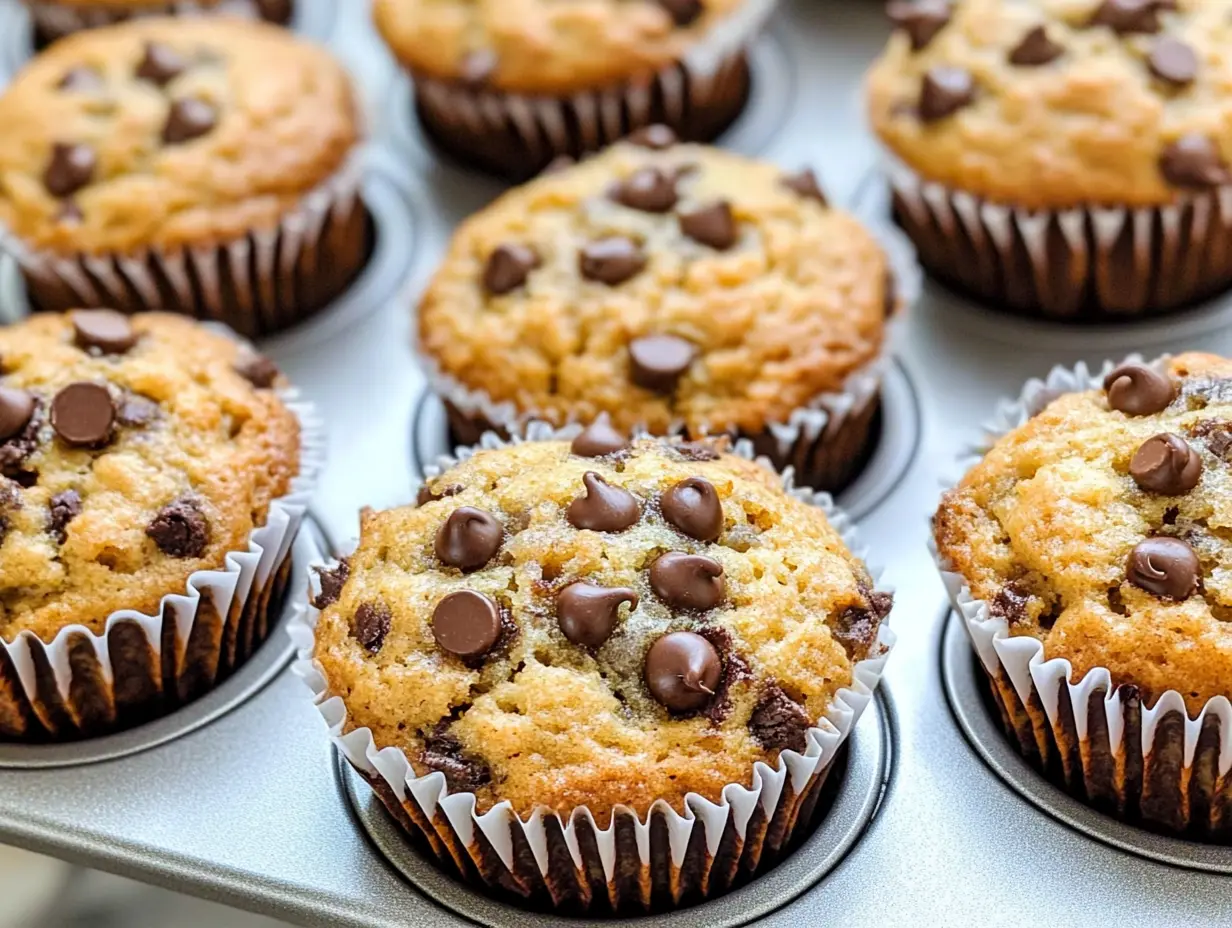
Leave a Reply